A collision with the ancient planet Theia could have melted the Earth's mantle and led to the birth of the Moon.
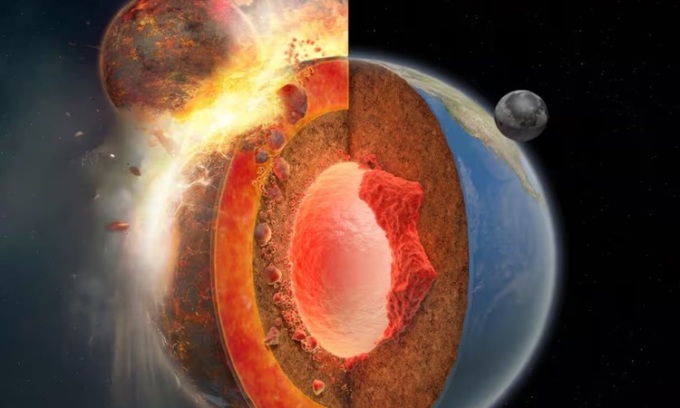
Simulation of the collision with Theia (left) and present-day Earth (right). Photo: Hernán Cañellas
A mysterious piece of debris sunk more than 1,600 kilometers below the surface of the Earth may be the remains of a Mars-sized planet that crashed into Earth in the early days of the solar system, creating a dust storm that formed the Moon, according to research published on November 1 in the journal Nature .
According to the popular theory, the Moon was created about 4.5 billion years ago when an ancient protoplanet called Theia collided with the young Earth. At the time, Earth was just forming and only about 85% of its current size. The collision melted much of the Earth and Theia, recreating a new, larger Earth. Meanwhile, a large amount of dust and rock was thrown into orbit and coalesced, leading to the birth of the Moon. Although many scientists believe the giant impact theory is convincing, researchers continue to search for evidence to support it.
The international team, including Dr. Qian Yuan of the California Institute of Technology in Pasadena and Professor Hongping Deng of the Shanghai Astronomical Observatory, focused on two continent-sized chunks of material buried deep in the Earth’s mantle, beneath Africa and the Pacific Ocean . They are called Large Low Velocity Regions (LLVPs), and were first discovered by seismologists but their origin is unclear. The team used computer simulations of the giant collision and convection currents inside the Earth to explore how the event ended.
According to the simulations, the collision melted the upper half of the Earth's mantle, allowing a large chunk of Theia, perhaps 10 percent of its mass, to plunge into the planet and sink toward the core. Over the next 4.5 billion years, the remnants of Theia would have been moved by convection within the Earth, eventually forming the mass we see today. The two clumps, slightly denser than the surrounding mantle rock, lie near the junction with the Earth's core.
Scientists may need a supply of moon rocks to confirm with certainty that the buried material is the remains of the ancient planet Theia. They could come in the future as space agencies push ahead with plans for long-term operations on the moon in preparation for a trip to Mars.
"I expect future missions to the Moon to bring back mantle rocks, most likely from the planet Theia, according to most simulations of the Moon-forming impact. If the lunar mantle rocks and the basalts associated with the LLVP have similar chemical properties, they must have originated from Theia," Yuan said.
An Khang (According to Guardian )
Source link









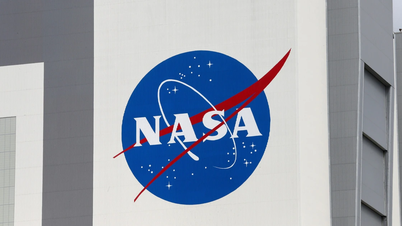




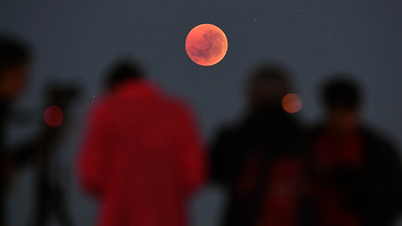

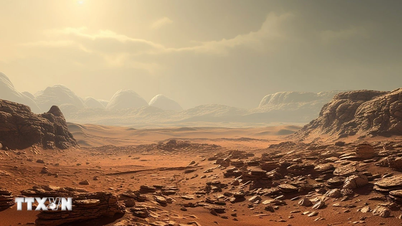

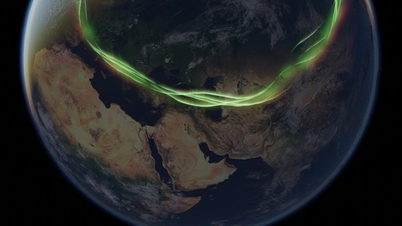


















![[Photo] Off-road racing: Adventure sport, attractive tourism product](https://vphoto.vietnam.vn/thumb/1200x675/vietnam/resource/IMAGE/2025/9/14/45123bd29c884b64934da038d947d344)



























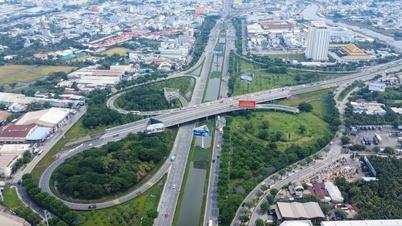


































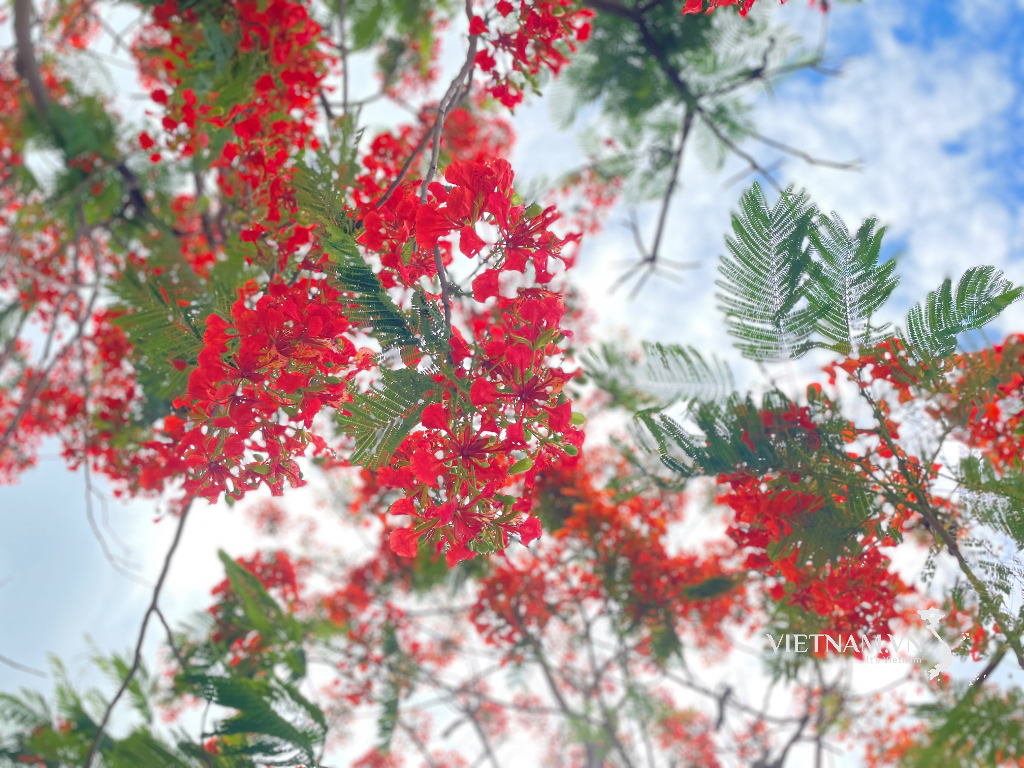



Comment (0)